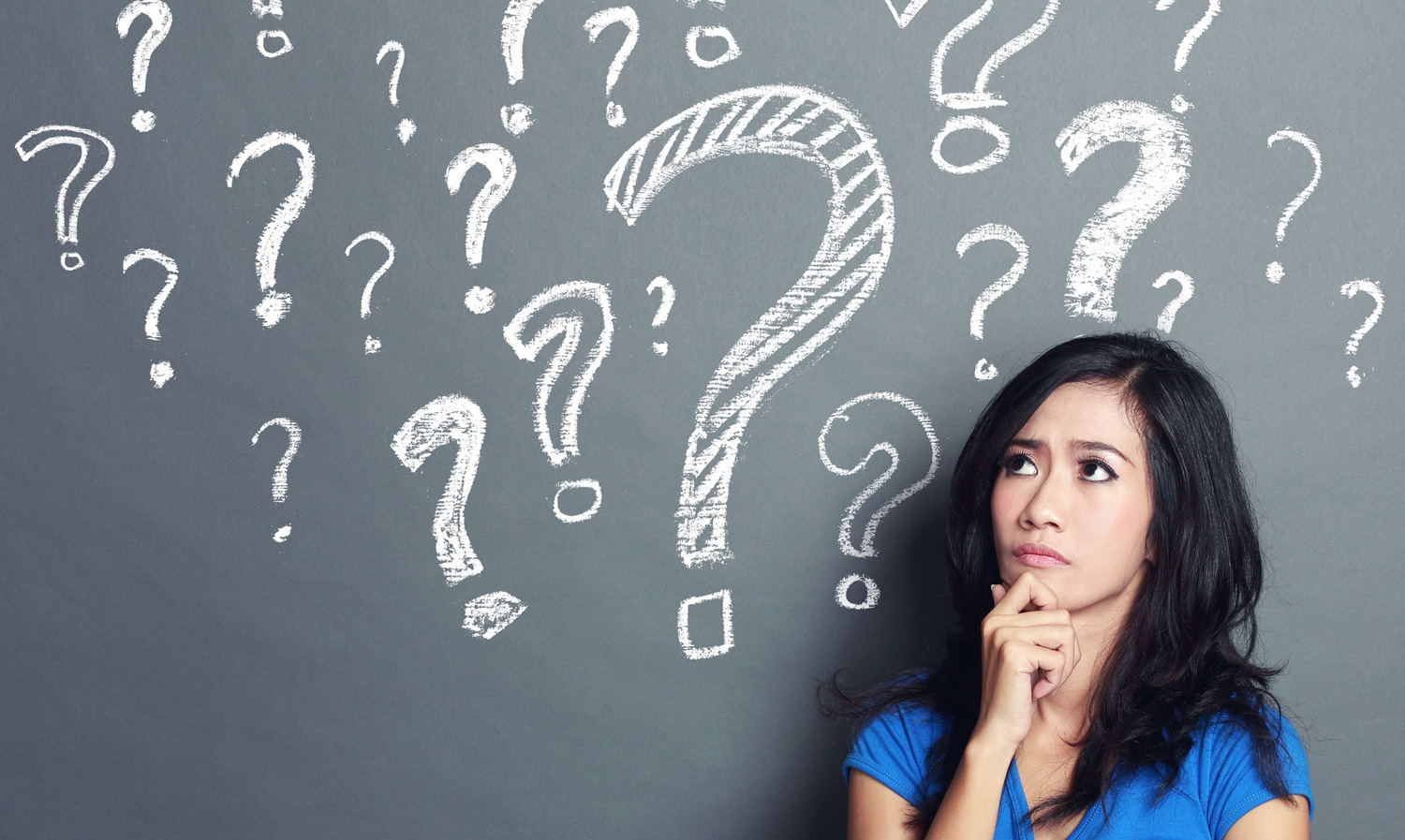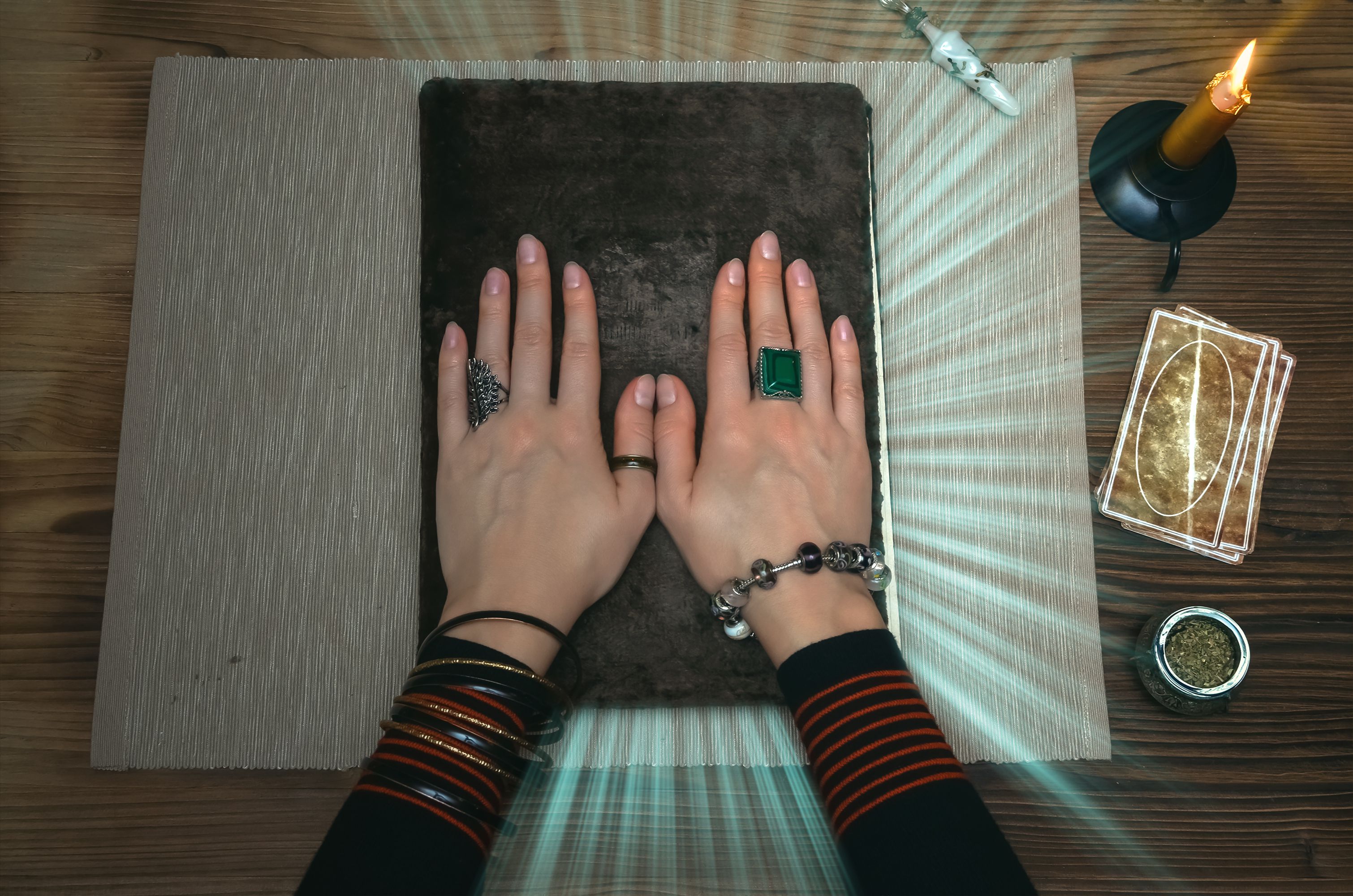
Remote viewing is the extrasensory practice of acquiring correct information or details about distant places, people, or events. It’s associated with clairvoyance and intuition, and is sometimes referred to as “second sight” or “anomalous cognition.” Physicist Edwin C. May, former director of the U.S. government’s psychic espionage program, is credited with coining the term “anomalous cognition.”
When described this way, remote viewing sounds a lot like psychic receptivity. However, psychic receptivity is a natural intuitive ability, while remote viewing is a skill that most people can train and learn to do.
About 80 percent of the sensory input you process at any given moment originates in your brain. To save time and energy, your mind uses a relatively minor portion of your surroundings to generate its best guesses about what’s happening around you.
Remote viewing is an attempt to discern very subtle information that is difficult for your consciousness to perceive. To practice this skill, it helps to increase your awareness of subtle information around you, and learn how to unconsciously gather sensory input without interference from your conscious mind.
The following 10-step exercise is just one way to strengthen your remote viewing abilities. You’ll need an assistant, an old magazine, index cards, tape or glue, and an envelope.
Ask your assistant to cut five or six pictures from the magazine and tape or glue each one onto an index card (one image per card). The pictures should be real-world images of people, landscapes, nature, and so on. The images should not be disturbing or offensive.
The assistant should stack the cards and place them face-down in the envelope. Your assistant should not say anything to you about the images.
You’ll focus on each image one at a time, getting feedback from your assistant after each attempt regarding the facedown image at the top of the stack. Now you’re ready to begin the practice exercise.
- Quiet your mind. You want as little mental interference in this process as possible.
- Release any distractions. To help you do this, write down the time, date, and any ideas that may divert your attention from your remote viewing attempts. This will help you release them.
- Summon the first image into your mind. Describe the basic impressions you receive of that first image. Is it a site, a person, or an event? What is the most important characteristic of the target image? Is it a natural scene, or artificial? Is it surrounded by water or land? Write down as many details as you can.
- Don’t second-guess yourself. Write down whatever occurs to you. The fainter your impressions, the better. Just be sure to record things as descriptively as you can, and don’t judge any of it.
Your unconscious knows all there is to know about the target. The information is coming from your subconscious mind and your autonomic nervous system. They just need to communicate it to your conscious mind. They do this through your physical body with feelings and sensations that are probably very subtle.
- Move on from the basics and start writing down any sensory information that’s coming to you, such as odors, temperatures, and tastes. You may begin perceiving sizes, shapes, patterns, and emotional reactions to the image.
- Stop writing and draw or sketch the image. Be careful and take your time, but don’t stress yourself out about the quality of your sketch.
- If possible, visualize a bird’s-eye view. Imagine you’re floating above the area in the image. Does anything surprise you about your perception of the target? Write notes on any final impressions you have about the image.
- To end your session with this image, record the time, and write down a brief summary of your perceptions.
Now it’s time to see how you did! Ask your assistant to remove the topmost photo from the face-down stack in the envelope. Take your time as you look at the shapes and colors in the image. Compare it to your notes, but don’t despair if you didn’t connect with any details in the image. The point of remote viewing isn’t just to be accurate. The point is to learn about yourself.
Remote viewing is an ability that you can cultivate with time and patience. So, when you feel ready, repeat the exercise for the remaining images in the envelope.
Try to practice this exercise every day. If you can’t, just mindfully focus on and consider as much sensory information in your immediate environment as you can. Notice your surroundings, including the wide variety of colors, smells, and sounds. Take repeat looks. The more present in the moment you can be, the more you will increase your sensitivity to subtle information. Good luck, and have fun!






The concept of remote viewing presents a fascinating intersection between consciousness and cognition. It’s intriguing to consider how this practice could potentially expand our understanding of human perception and the boundaries of sensory experience.
While the scientific community remains skeptical, the detailed exercise presented here provides an accessible entry point for individuals interested in exploring their intuitive capabilities. It raises questions about the nature of reality and perception.
‘The process described reflects a sophisticated interplay between intuition and subconscious awareness. Engaging with such exercises could indeed refine one’s sensitivity to subtle environmental cues, perhaps even reshaping our understanding of awareness itself.’
The methodology outlined in this piece underscores the importance of mindfulness in enhancing intuitive abilities. It would be interesting to see empirical studies examining the effectiveness of such practices on subjective experiences of perception.
‘Second sight’ is an evocative term that captures the essence of what remote viewing aspires to achieve. The practical exercise shared might be useful not only for enhancing perceptual skills but also for self-exploration and introspection.
This article prompts reflection on the distinctions between psychic phenomena and cognitive skills. The idea that remote viewing can be trained suggests a potential for personal development that warrants further exploration in both scientific and philosophical contexts.
As remote viewing intertwines with concepts like clairvoyance, it challenges traditional epistemological frameworks. This article serves as an invitation to engage with alternative modes of knowing beyond empirical evidence, fostering a broader dialogue about consciousness.
‘Anomalous cognition’ introduces a captivating perspective on how we might access information beyond conventional means. I am curious if this concept has been integrated into contemporary psychological practices or therapeutic settings yet.